Is Jump Rope Bad For Knees?
Author:
Unlock your full potential by engaging with our experts and community! Have questions about your fitness journey or looking for expert advice on weightlifting techniques? Don’t hesitate — leave a comment below and Ernesto Mendez will provide a personalized answer and insights to help you reach your goals.
Torokhtiy is reader-supported. Some links are affiliate links, and we may earn a commission at no extra cost to you. See our disclosure page for details.
Whether your goal is to improve your general fitness or specific athletic performance, rope jumping is the way to go. Jumping rope is extremely beneficial for your body. It builds cardiovascular conditioning, develops power, and improves speed.
But, most people considering indulging in rope jumping ask: Is jump rope bad for knees? Is jump rope low impact? Many people believe a jump rope is bad for the knees. Sadly, this is one of the wrong myths associated with rope jumping.
In this article, we will learn the benefits of rope jumping, the biomechanics of jumping rope and the health benefits on the knees. We’ll cover techniques that benefit knee health, tips and strategies for safe and effective jump rope workouts, controversies around jump rope and knee health, and a few frequently asked questions.
Is jump rope bad for knees? — Jump rope is not bad for knees. However, some people apply the wrong techniques and progression while rope jumping, which causes knee pain and discomfort. This makes people question if jump rope is indeed bad for the knees.
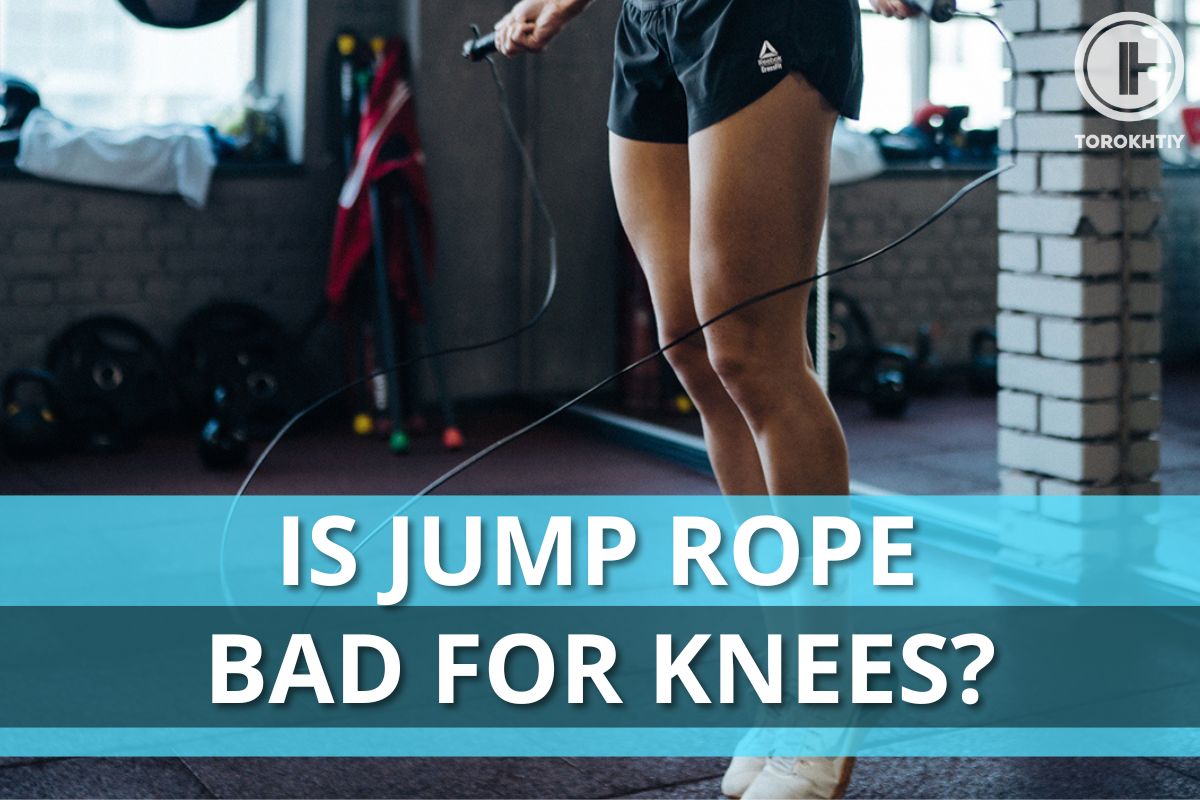
6 Benefits Of Jumping Rope
Jumping rope, also known as skipping, is a simple yet effective exercise that offers numerous health and fitness benefits. Some of the benefits of jumping rope include:
✅ Improves Cardiovascular Health
Jumping rope is a great way to get your heart pumping and improve your cardiovascular health. It can help increase your heart rate and strengthen your heart muscle.
✅ Weight Loss
Jumping rope is a high-intensity exercise that burns a lot of calories in a short amount of time. It can help you lose weight and reduce body fat.
✅ Improves Coordination and Balance
Jumping rope requires coordination between your hands and feet, which can help improve your balance and coordination.
✅ Improves Bone Density
Jumping rope is a weight-bearing exercise, which can help improve bone density and reduce the risk of osteoporosis.
✅ Improves Mental Health
Jumping rope can help reduce stress and anxiety, and improve your mood and overall mental health.
✅ Convenience and Affordability
Jumping rope is a simple and affordable exercise that can be done almost anywhere, making it a convenient option for people with busy schedules.
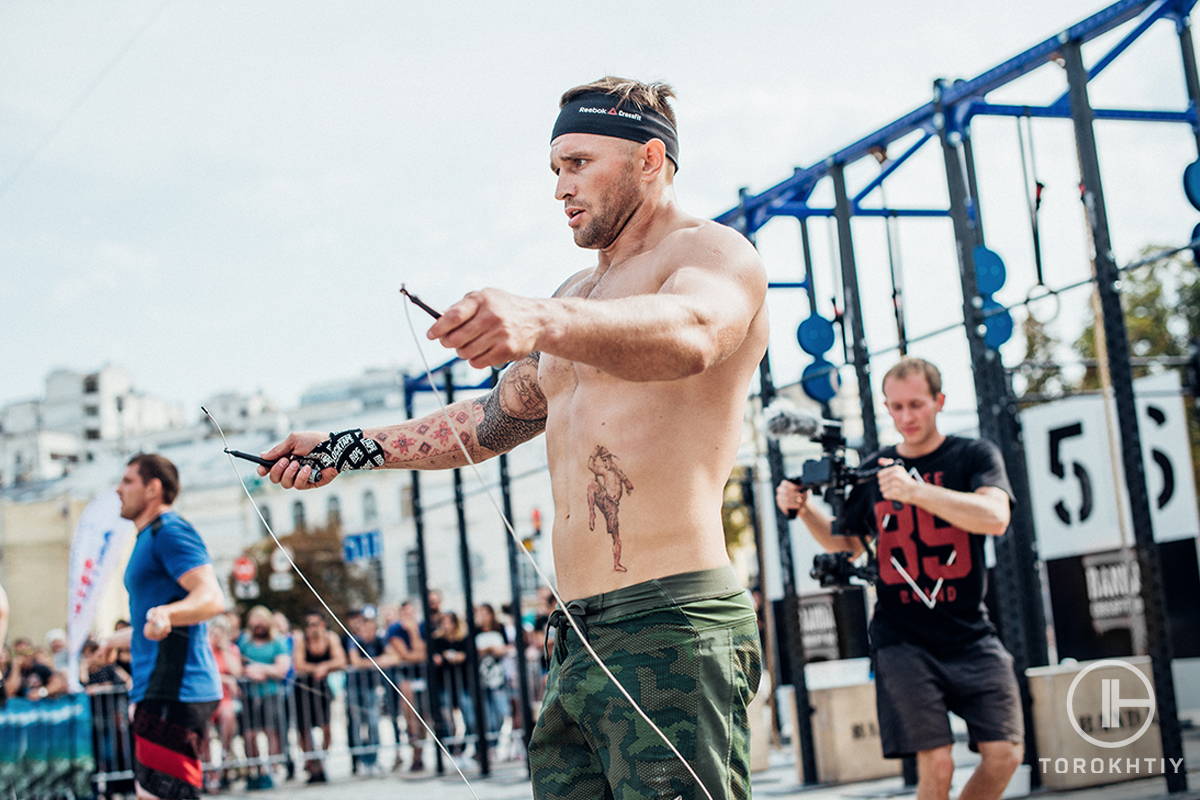
Biomechanics Of Jump Rope And Knee Health
Jump rope is divided into three stages such as load stage, flight stage, and landing stage. During rope jumping, you will complete these stages several times.
1. Load Stage
The load stage is the first stage of rope jumping. In this stage, your body needs to be balanced on the balls of your feet. In addition, your knees need to be bent to some extent in a vertical position.
This position warms up your body for the mid-joint strains of jumping rope. You should not exceed half or three-quarters of an inch from the rope jumping surface when jumping. This might be different for power jumping. In this stage, you should take caution to avoid errors that will affect the performance of your specific motion.
To jump less than an inch from the surface and land properly on the balls of your feet, you need to develop concentration, awareness of the movement of your body, and correctly time yourself.
Rope jumping is an activity that moves the whole body, requiring high skills. Therefore, it’s not about jumping as high as possible but with control and precision.
2. Flight Stage
The flight stage is the second stage of rope jumping. It involves two phases: propulsion and airborne phase. To maximize the benefits of rope jumping and reduce your chances of getting injuries, you need to grasp the concept involved in the movement of your feet from the surface to when you are in the air.
During the propulsion phase in rope jumping, you will begin the motion by pushing your calves, knees, and hips. As the balls of your feet are pinned to the ground, you will push yourself from the surface and enter the airborne phase.
During the airborne phase in rope jumping, you will lift your feet not over 1 inch (2.5 cm) from the surface as the rope skips past your feet.
Swinging the rope and skipping over it engages the lower and upper body muscles. This movement enhances the proprioception in your feet and ankles. Proprioception helps you know where to keep your feet and how to balance so you don’t trip off.
Proprioception refers to the inner ability or sense of your central nervous system to transfer information and coordinate parts of your body with each other.
This motion also boosts your rhythm, timing, and balance while decreasing the chance of injury.
Repeating this motion enhances the kinesthetic awareness (outer sense) of your body or the ability of the body to know its position. This improves the ability of the body to know the location of the rope and itself during the rope-jumping process.
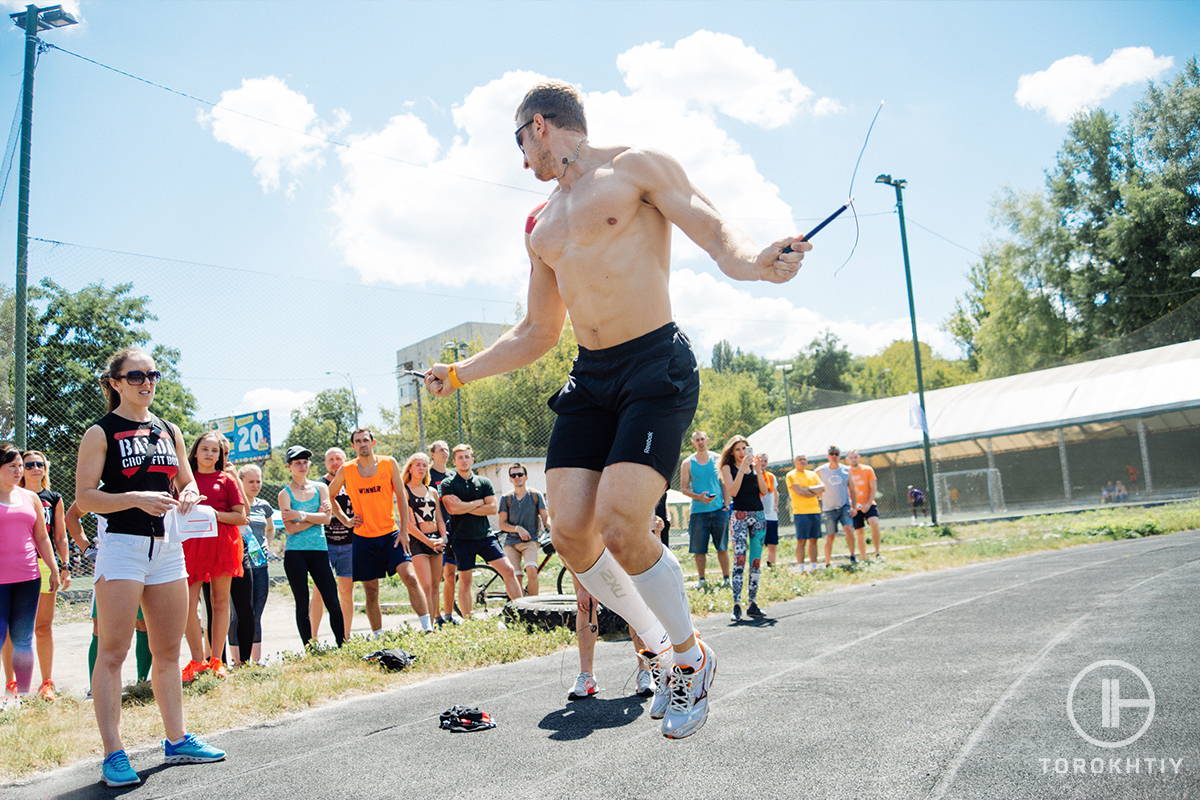
3. Landing Stage
During the landing phase of rope jumping, your joints (ankles, knees, and hips) absorb the shock and diffuse the impact of the landing. The number of times you use a jump rope will determine the threat of risk of injuries.
Using the recommended techniques and surface will enable you to get the best benefits and reduce the risk of injuries. A recommended surface absorbs impact and offers rebound properties.
Irrespective of the techniques you apply, you should land on the balls of your feet. The landing phase helps you to develop balance.
When landing, focus on balance, correctly positioning your feet, and land softly and calmly.
Do not allow your heels to touch the ground. If your heels touch the ground or your feet land with a forceful slap, you’re utilizing an improper technique and, in the process, reduce the benefits and increase the risk of injuries. You may experience knee pain from the jump rope session.
You also need total concentration to help maintain your contact with the jumping surface. This reduces stress in your ankles, knees, and hips.
How To Prevent Pain: Jump Rope Techniques That Can Benefit Knee Health
Jumping rope is a high-impact exercise that can put a strain on your knees if not done properly. First, learn the proper technique to jump and find a consistent pace.
The two primary jump rope techniques are the bounce step and the alternative-foot step. Both of these jumps will help you improve your athletic and fitness performance by improving your cardiovascular conditioning, balance, coordination and power of your muscles.
In addition, jumping rope with proper technique will help you to significantly improve your posture.
Research shows that the bounce-step method of jumping offers a reduced risk of injuries compared to the alternate-foot step. In addition, BJ (bounced jumping) works more on the calf muscles, and AJ (alternative jumping) works more on the thigh muscles.
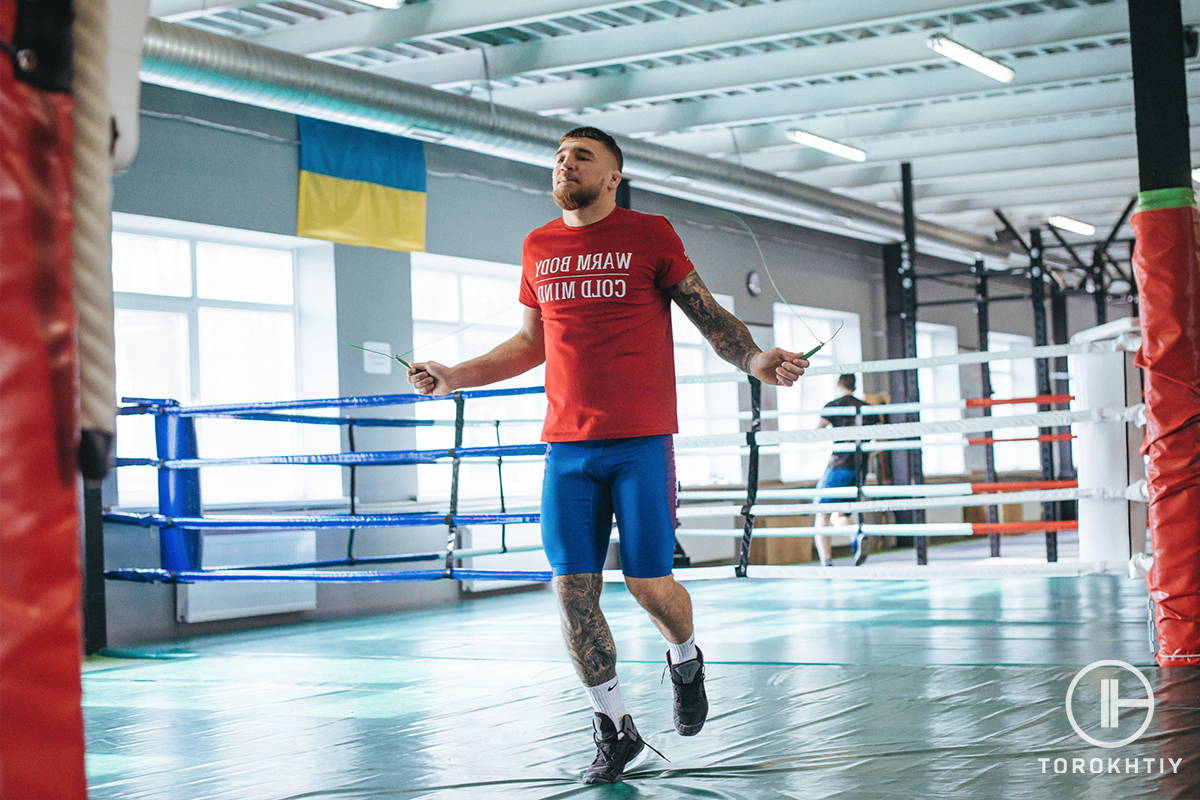
1. The Bounce Step
The bounce step is a simple and powerful rope-skipping technique.
To do it, you jump off both feet, maintaining a high jump height. You should monitor the swing of the rope while skipping with both feet.
The bounce step enhances balance, quickness, and flexibility of the feet.
Tips: Do not double-bounce. Bounce only once during the swing of the rope.
When starting, begin small with one jump at a time before increasing to 5 or more after establishing rhythm and time.
Before incorporating any other techniques, learn the bounce step first.
2. Alternate-Foot Step
The alternate-foot step is another technique that offers benefits to the knees.
To perform it, you need to jump one foot at a time. This motion is similar to running in place.
Alternate foot step enhances speed, including the speed of the first step, the ability and speed of changing direction, and overall starting speed.
9 Tips And Strategies For Safe And Effective Jump Rope Workouts
Here are some tips and strategies for safe and effective jump rope workouts:
1. Stay Consistent
Consistency is essential to get the benefits of any workout session. Rope jumping is a skill that requires regular practice before you can master it.
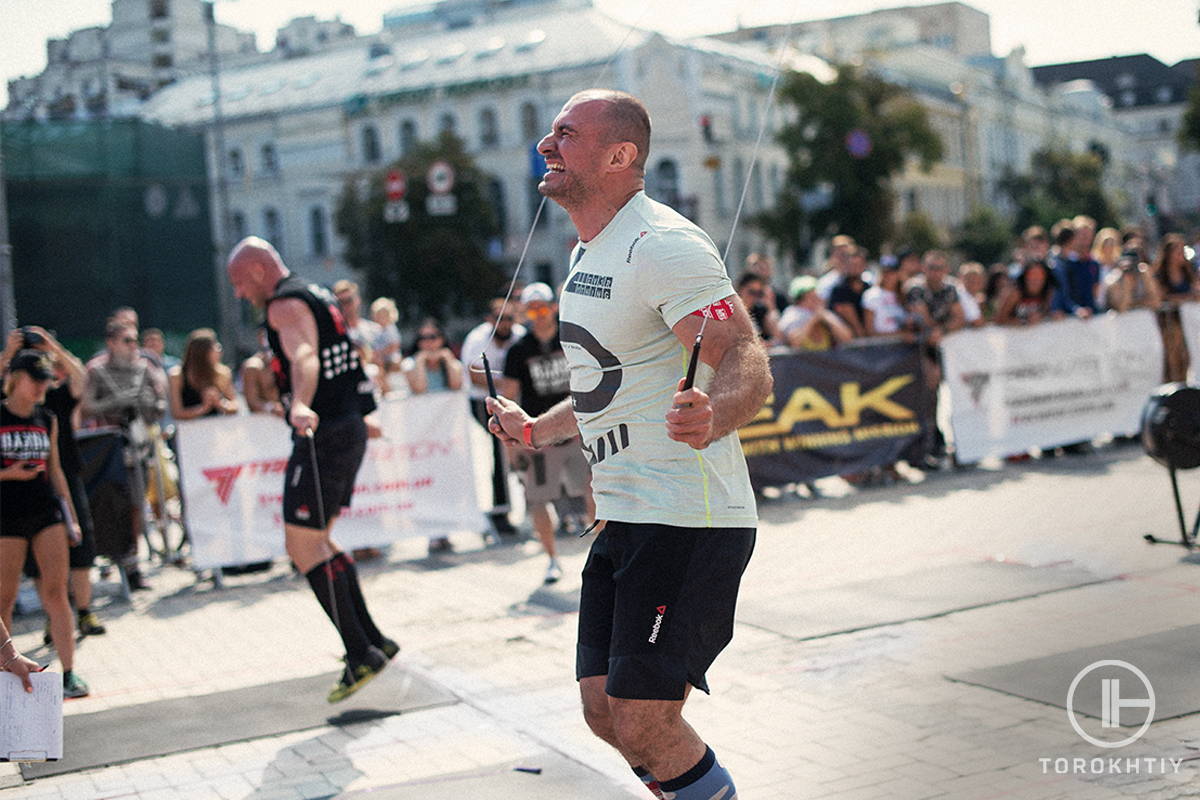
2. Choose The Right Workout Frequency And Workout Schedule That Works Best For You
Many jumpers make the mistake of overtraining to achieve results faster. Conversely, overtraining reduces the benefits of rope jumping and increases the risk of injuries.
If your body can handle jumping workouts two to three times a week, or one to two workouts every two weeks, go for it so you don’t experience knee pain after jumping rope. Find out what works for you!
3. Choose Soft Surfaces And The Proper Footwear For Your Workouts
Do your knees hurt after jumping rope? Jumping on hard surfaces and wearing the wrong footwear can increase the impact of each jump on your knees and cause injuries or joint pain. Therefore, if you can’t go to the gym, you can work out on a yoga mat or a thin piece of foam. Additionally, wear proper footwear with cushion and arch support.
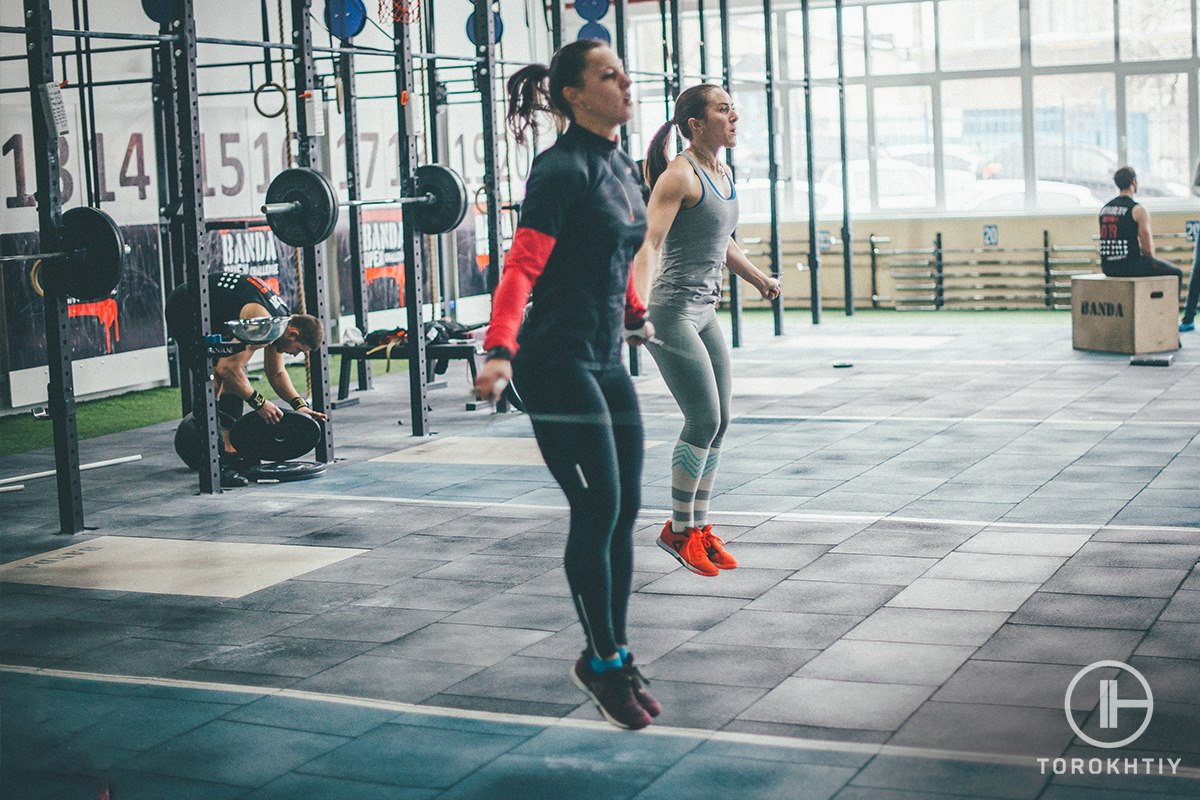
4. Determine The Right Size Of Your Rope
Many people struggle with jumping rope and can’t progress because of not knowing the proper size for the height. To determine the right measurement for a jump rope, follow these steps:
- Stand in the middle of the jump rope with one foot.
- Hold the handles of the jump rope, one in each hand, with your hands at your sides.
- Pull the jump rope taut, so that the middle of the rope is touching the ground.
- Adjust the length of the jump rope by moving the handles up or down until they reach your armpits.
- Once you have adjusted the length, step on the middle of the rope with your other foot, and pull the handles up towards your shoulders.
- The handles should reach your armpits when you pull the rope up, indicating that the rope is the right length for you.
It’s important to note that different jump rope brands and styles may have slightly different sizing recommendations, so always check the manufacturer’s guidelines for the specific jump rope you are using.
5. Jump Low (i.e. 1 to 2 inches off the ground)
Jumping too high can increase the impact of landing on your knees, leading to joint pain. Therefore, jump 1 to 2 inches off the ground to reduce the risk of injuries and improve your workout experience.
Many studies have shown that landing with high impact may be a risk factor for knee injuries.
6. Position Your Hands Low
Many jumpers forget the recommended posture for jumping. They extend their arms toward their faces or far from their body. To deal with shoulder fatigue and discomfort, they go for longer ropes. Keep your hands low.
7. Keep An Upright Posture
You should keep your head up, shoulders back and chest out during rope skipping. There’s no need to rush or tense up. Instead, focus on efficient movement.
8. Jump In One Spot
Ensure you jump up and down in one spot. In addition, maintain a consistent rhythm to avoid disrupting your balance.
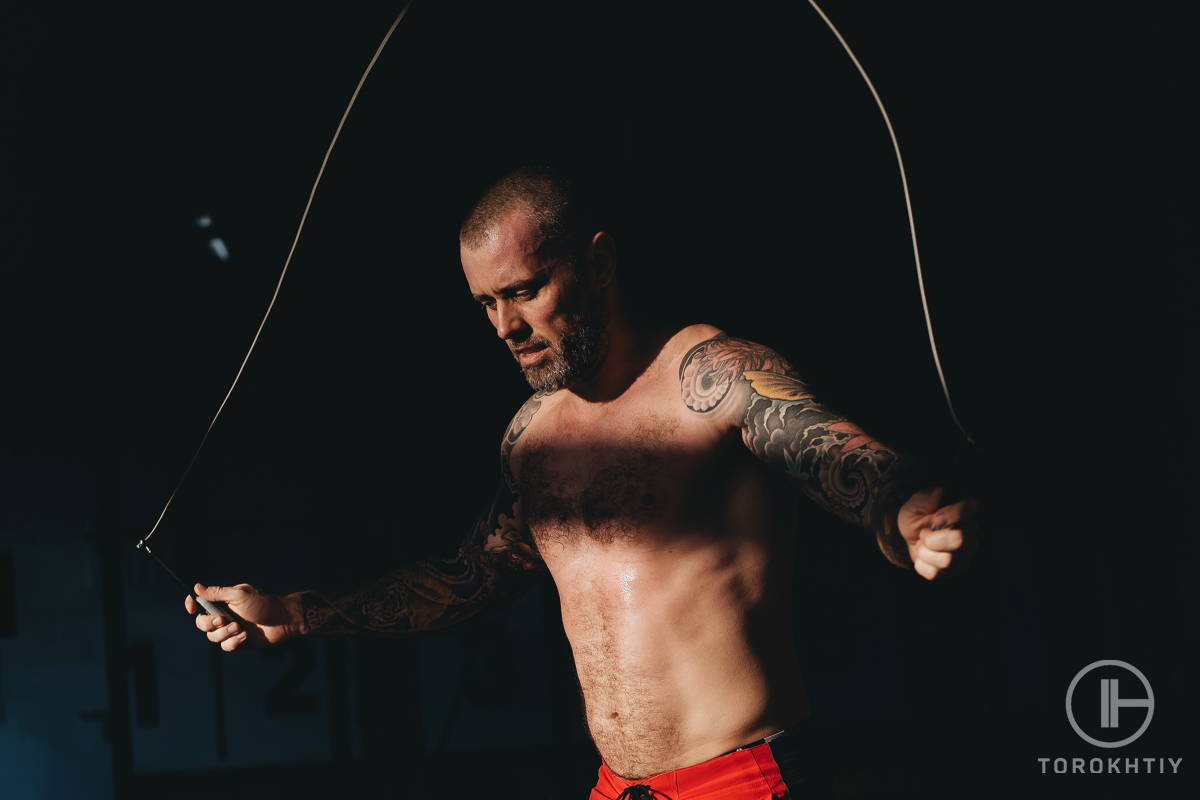
9. Keep Your Knees Flexible, With A Slight Bent Of Your Knees
When using a jump rope, it’s best to slightly bend your knees to help your joint absorb the impact of landing. This reduces the risk of injuries and prevents jump rope knee pain.
Controversy Around Jump Rope and Knee Health
The controversy around jump rope and knee health stems from the bad practices and wrong techniques many people apply during jump rope. With the proper techniques and guidelines, jump rope supports knee health.
A study reveals that skipping is less stressful on the knees than running and is a good exercise for health promotion
Our Recommended Jump Rope
As far as speed ropes go, the WOD Nation speed jump rope is as good as it gets. Its handles come with a patented swivel bearing system that makes it super fast. It’s also easy to adjust to your preferred size and it comes with an extra cable just in case. It also comes in a small nylon carrying bag so you can easily take it with you wherever you go.
FAQ
Is Jump Rope Bad for Knees?
With the proper procedures, jump rope is not bad for knees. Jump rope supports and strengthens the muscles connected to the knee.
Does Jump Rope Strengthen Knees?
Jump rope strengthens the knee, feet and ankles muscles by supporting the ligaments and tendons.
Conclusion
Jump rope is a great exercise to strengthen your knee musculature, and improve power and cardiovascular conditioning. In addition, it helps to improve your posture, stamina, flexibility and activity tolerance to your trunk and lower extremity structure.
The biomechanics of jumping rope is split into three phases, namely, load phase, flight phase and landing phase—all contributing different functions to promote knee health.
The two primary techniques of rope jumping are balanced jump and alternate jump. They offer slightly different benefits.
We’ve outlined several tips and strategies to improve your jump rope workout sessions.
Have you done a rope jumping workout before? If you have, how was the experience? Did you experience any challenges or pain? What are they, and how did you resolve them? We’ll be expecting your comments.
Also read:
- Knee Pain When Squatting
- Pain in Knee When Lunging
- Knees Sore After Workout
- Peloton Knee Pain
- Knee Pain From Functional Fitness
- Knee Pain From Elliptical
References:
- 7 Surprising Health Benefits of Jumping Rope // GoodRx: https://www.goodrx.com/well-being/movement-exercise/benefits-of-jumping-rope
- The Influence of Different Rope Jumping Methods // NCBI: https://www.ncbi.nlm.nih.gov/pmc/articles/PMC9139829/
- Effect of Landing Stiffness on Joint Kinetics and Energetics in the Lower Extremity // NCBI: https://pubmed.ncbi.nlm.nih.gov/1548984/
- Lower Extremity Joint Loading During Bounce Rope Skip in Comparison to Run and Walk // Science Direct: https://www.sciencedirect.com/science/article/pii/S1360859220302515
- All photos made by Torokhtiy Media Team.
Why Trust Us?
With over 20 years in Olympic weightlifting, strength training, nutrition coaching, and general fitness our team does its best to provide the audience with ultimate support and meet the needs and requirements of advanced athletes and professional lifters, as well as people who strive to open new opportunities and develop their physical capabilities with us.
By trusting the recommendations of our certified experts in coaching, nutrition, and sports training programming, as well as scientific consultants, and physiotherapists, we provide you with thorough, well-considered, and scientifically proven content. All the information given in the articles concerning workout programming, separate exercises, and athletic performance, in general, is based on verified data.
The product testing process is described in more detail here.
Author: Ernesto Mendez
Orthopedic Clinical Specialist
Best Results: Snatch – 208 kg,
C&J – 240 kg
Dr. Ernesto Mendez is a licensed physical therapist, a board Orthopedic Clinical Specialist (OCS) and founder of Movement 4 Wellness Physical Therapy, LLC. He earned his degree from Thomas Jefferson University. He is also an Olympic weightlifting coach (USAW L1) and Functional Fitness Level 1 Trainer. His experience includes the areas of pain management, movement analysis, injury recovery, surgical rehab, corrective exercise, and athletic, military, and occupational performance. Dr Mendez is passionate about Olympic weightlifting and fitness. Ernesto Mendez is responsible for designing multiple training programs, writing blog articles, posting daily weightlifting content, doing live weightlifting and mobility seminars.



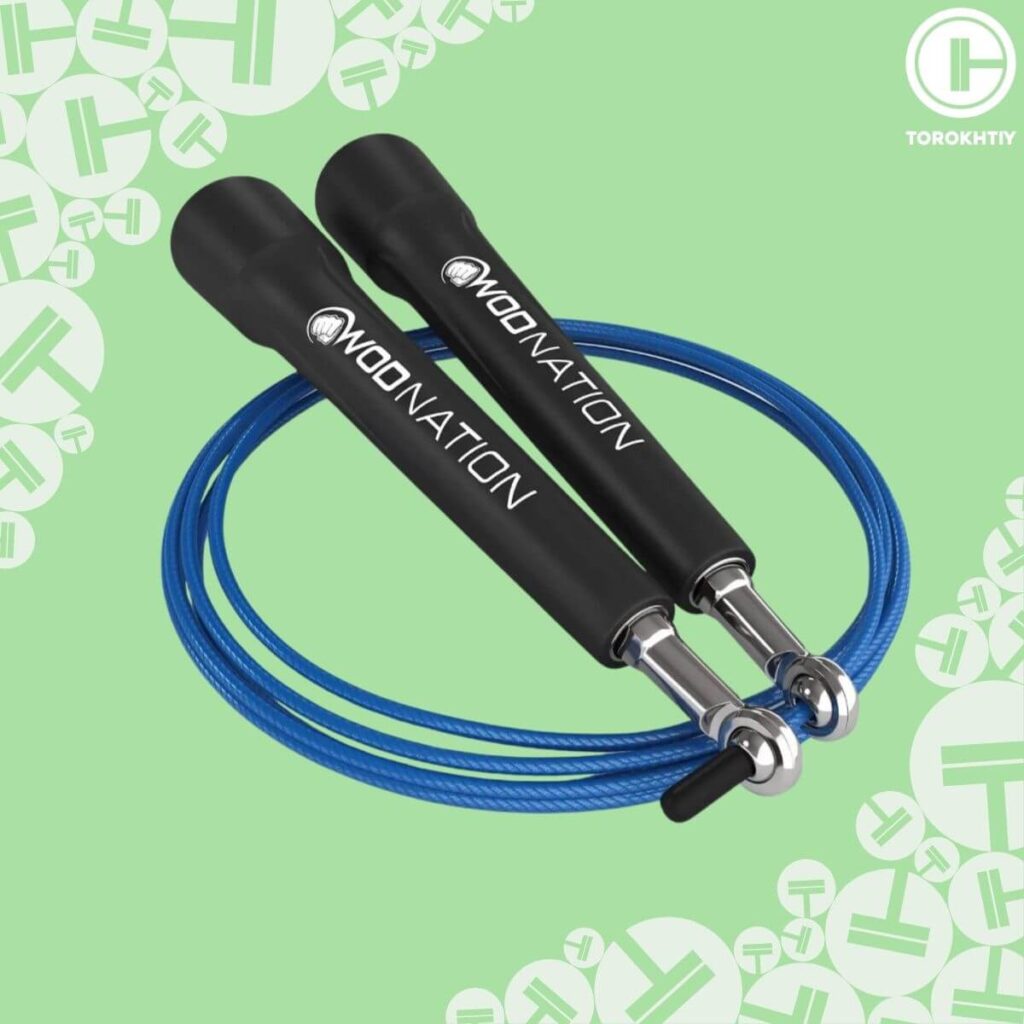
Still have questions after reading our article? Unlock your full potential by engaging with our experts and community! Don’t hesitate — leave a comment below and Ernesto Mendez will provide a personalized answer and insights to help you reach your goals.